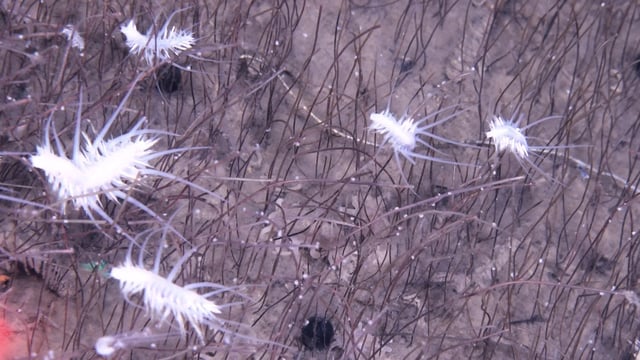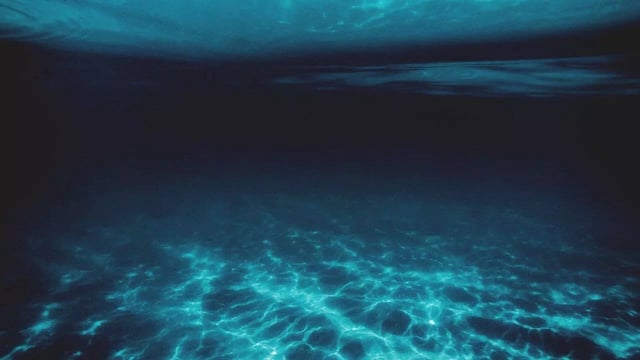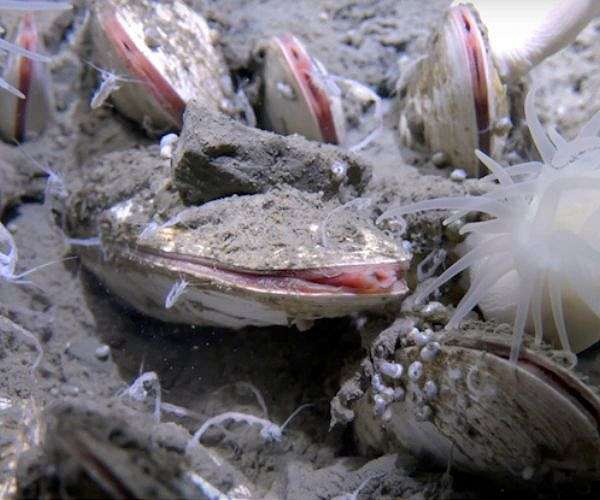Overview
- An international team led by the Chinese Academy of Sciences used the Fendouzhe submersible to complete 23 dives into the Kuril-Kamchatka and western Aleutian trenches at depths over 31,000 feet.
- The Nature paper describes extensive chemosynthetic ecosystems powered by methane and hydrogen sulfide rather than sunlight, making this the deepest such community ever documented.
- Researchers encountered dense fields of tube worms, white macellicephaloides worms, clams, snails, anemones and other invertebrates clustered around methane seeps on the trench floors.
- Gas analysis suggests sediment-dwelling microbes decompose buried organic matter to produce methane that sustains these ecosystems, overturning assumptions about geological methane sources.
- These discoveries carry implications for deep-sea mining regulations and bolster astrobiology studies by highlighting life’s potential in extreme, sunless environments.


